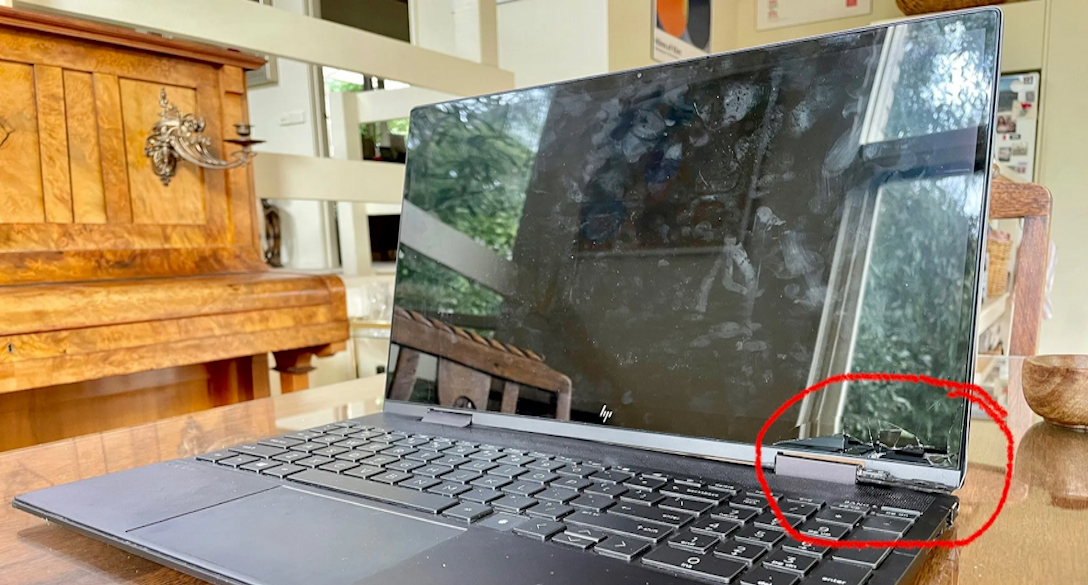the keys to closing the mental health gap between renters and home owners
- Written by Ang Li, Research Fellow, NHMRC Centre of Research Excellence in Healthy Housing, Centre for Health Policy, Melbourne School of Population and Global Health, The University of Melbourne

That renters have poorer mental health than home owners is well-documented. But how much of this is due to being in rental accommodation itself, rather than other factors such as lower incomes?
Our research quantifies this, showing housing insecurity has a clear impost on renters’ mental health. The good news is our results[1] show the gap between renters and home owners can be closed through longer rental tenure.
Controlling for other factors, once renters have lived in the same property for six years, their mental health is, on average, the same as homeowners.
This shows the importance of a sense of stability and continuity to personal well-being. Policies to promote stable housing are therefore an essential part of efforts to tackle our mental health crisis.
How we did our research
Age, relationship status, income and preexisting health conditions all help to explain the significant difference in mental health between owner-occupiers, private renters and those in social housing.
This is shown in the following graph, tracking the average mental health outcomes for owner occupiers, private rental tenants and social housing tenants in Australia over the past two decades.













